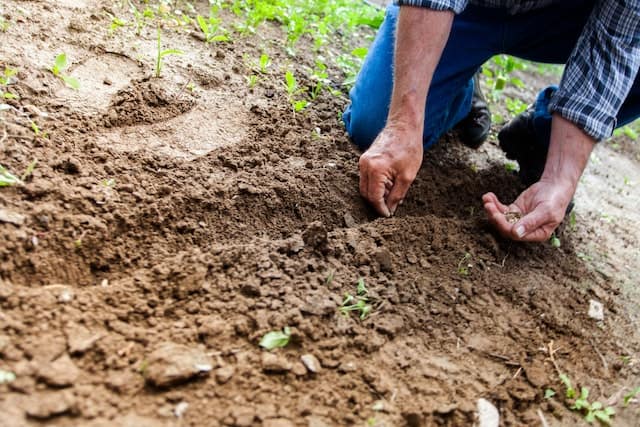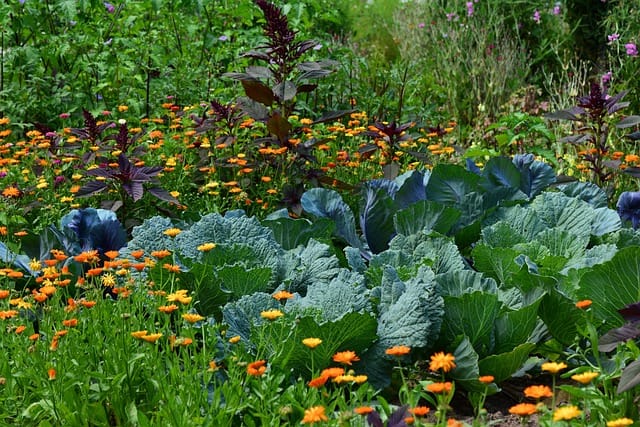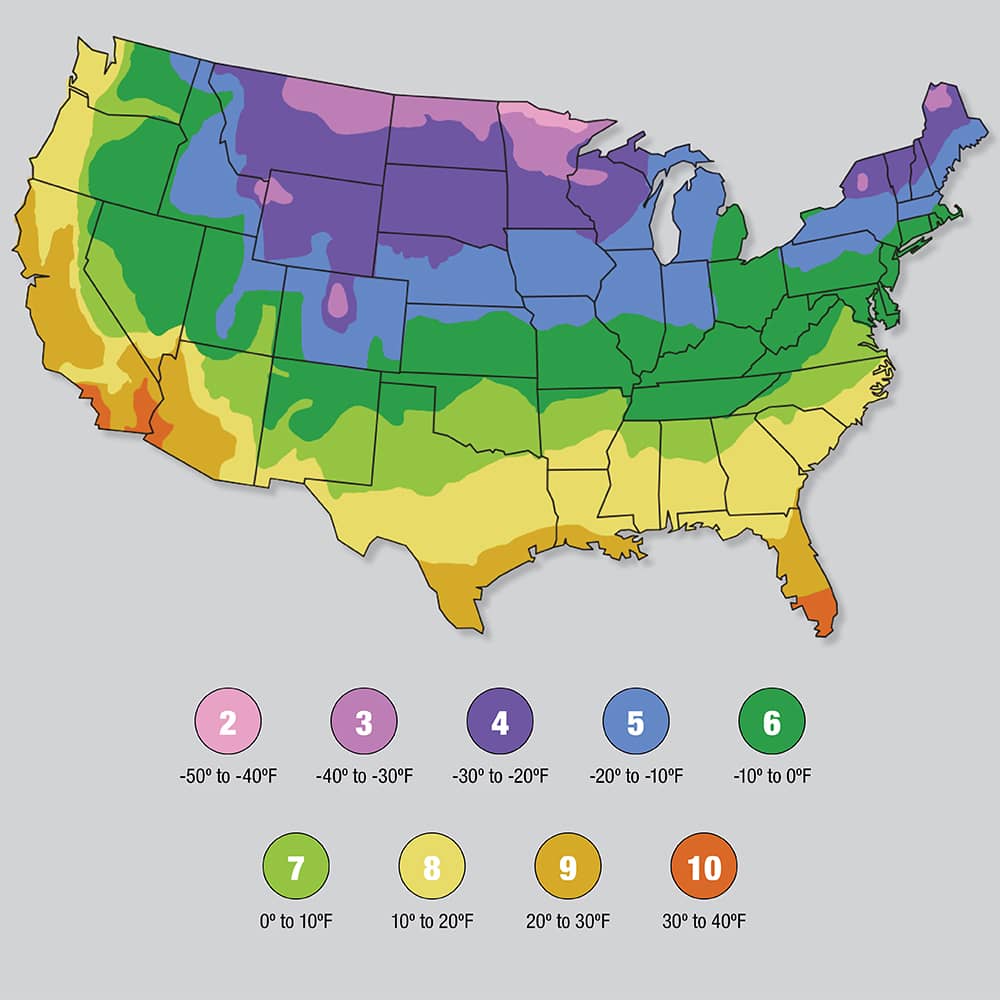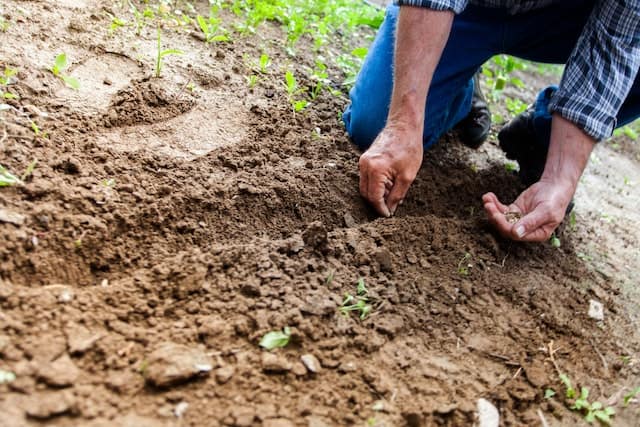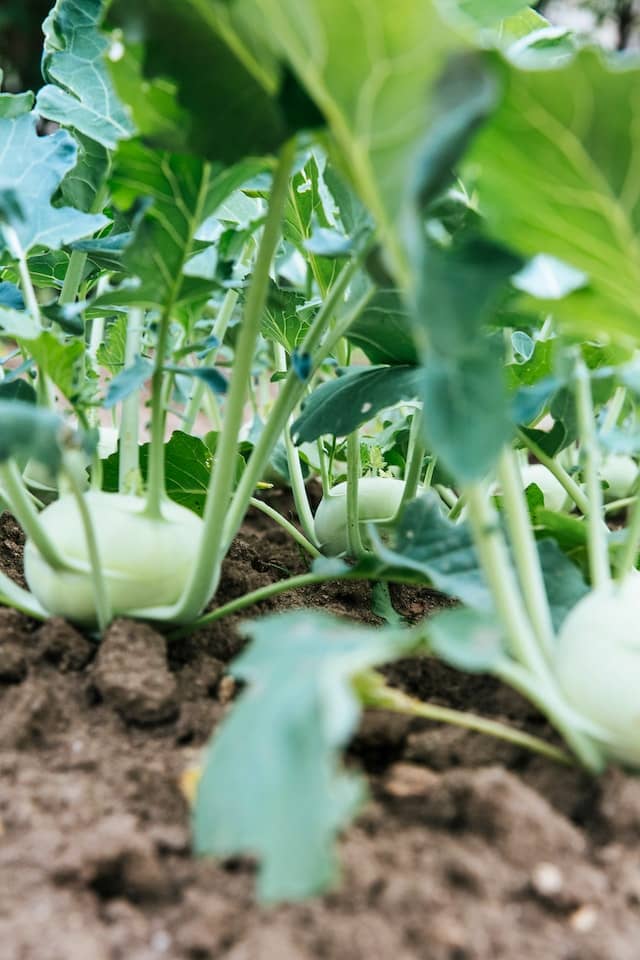Month-wise Sowing chart for USDA Hardiness Zone 3:
| Month | Indoor Sowing | Outdoor Sowing |
| January | Arugula, beets, broccoli, Brussels sprouts, cabbage, carrots, cauliflower, chard, chives, cilantro, collards, lettuce, onions, peas, radishes, rhubarb, spinach, and Swiss chard. | Asparagus, artichokes, and rhubarb. |
| February | Same as January. | Same as January. |
| March | Same as January. | Asparagus, artichokes, beans (lima), corn, cucumbers, eggplant, melons, peppers, pumpkins, squash, and tomatoes. |
| April | Same as January. | Asparagus, artichokes, beans (lima), corn, cucumbers, eggplant, melons, peppers, pumpkins, squash, and tomatoes. |
| May | Asparagus, artichokes, beans (lima), corn, cucumbers, eggplant, melons, peppers, pumpkins, squash, and tomatoes. | Broccoli, Brussels sprouts, cabbage, carrots, cauliflower, chard, collards, lettuce, onions, peas, radishes, spinach, and Swiss chard. |
| June | Broccoli, Brussels sprouts, cabbage, carrots, cauliflower, chard, collards, lettuce, onions, peas, radishes, spinach, and Swiss chard. | No outdoor sowing. |
| July | No indoor sowing. | No outdoor sowing. |
| August | No indoor sowing. | No outdoor sowing. |
| September | Broccoli, Brussels sprouts, cabbage, carrots, cauliflower, chard, collards, lettuce, onions, peas, radishes, spinach, and Swiss chard. | No outdoor sowing. |
| October | No indoor sowing. | No outdoor sowing. |
| November | No indoor sowing. | No outdoor sowing. |
| December | No indoor sowing. | No outdoor sowing. |
Please note that this is just a general guideline, and the specific sowing dates may vary depending on your location and the weather conditions. It is always best to check with your local nursery or garden center for specific recommendations.
Here are some additional tips for gardening in USDA hardiness zone 3:
- Start your seeds indoors early in the year, 6-8 weeks before the last frost date.
- Harden off your plants before transplanting them outdoors. This means gradually exposing them to outdoor conditions for a few weeks before planting them in the ground.
- Choose cold-tolerant varieties of vegetables and herbs.
- Mulch around your plants to help retain moisture and protect them from the cold.
- Water your plants regularly, especially during hot, dry weather.
- Be patient! It may take a few years for your garden to fully establish itself.

